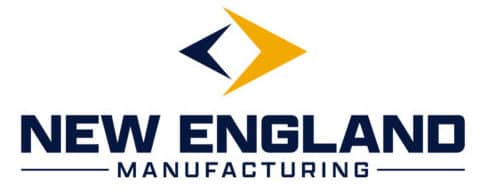Understanding Pressure Gauges: Essential Insights and Practical Applications
Pressure gauges are indispensable tools in both industrial and everyday settings, helping monitor and manage the force exerted by a fluid or gas. These instruments play a critical role in ensuring the safety and efficiency of various systems, from household appliances to complex machinery in large-scale industries. This blog post aims to demystify the fundamentals of pressure gauges and explore their diverse applications, ensuring you have a solid grasp of their functionality and uses.
What is a Pressure Gauge?
A pressure gauge is a device used to measure the pressure within a system, typically expressed in terms of force per unit area. These devices can vary widely in design, accuracy, and cost, making them versatile enough to be employed in countless scenarios. At its core, a pressure gauge provides a simple, direct, and often crucial data point: the current pressure of a system, which is essential for the safe and efficient operation of many types of equipment.
Types of Pressure Gauges and Their Features
There are several types of pressure gauges, each suited to specific applications due to their unique characteristics.
- Bourdon Tube Pressure Gauge:
This is one of the most common types used in industrial environments. It features a curved tube, which expands or contracts based on internal pressure. This movement is then translated into a readable value by a mechanical linkage attached to a needle. These gauges are prized for their reliability and simplicity. - Digital Pressure Gauge:
For modern applications that require high accuracy, digital pressure gauges are the preferred choice. These gauges display pressure readings on a digital screen, which can offer more precise readings and the ability to log data for future analysis. - Diaphragm Pressure Gauge:
Suited for handling low pressure and delicate applications, diaphragm pressure gauges use a membrane that flexes under pressure changes. They are particularly useful in chemical industries where high accuracy of corrosive fluids is critical.
Applications of Pressure Gauges
Industrial Uses:
In industries like manufacturing, petrochemical, and pharmaceuticals, pressure gauges are essential for monitoring equipment like boilers, fuel tanks, and compressors. Keeping an eye on pressure levels helps in maintaining operational safety and efficiency, reducing the risk of equipment malfunctions or accidents.
Everyday Uses:
Beyond industrial settings, pressure gauges are also found in everyday items such as air conditioners, water systems, and car tires. For example, a tire pressure gauge ensures that your vehicle’s tires are inflated to the optimal level, which can improve fuel efficiency and safety on the road.
Specialized Applications:
In more specialized contexts, such as in the medical field, pressure gauges play a role in monitoring gases used in medical procedures. They are crucial for administering the correct dosage of gases like oxygen in respiratory therapies.
Choosing the Right Pressure Gauge
Selecting the appropriate pressure gauge involves considering several factors:
- Accuracy Requirements: The required precision can vary depending on the application.
- Environmental Conditions: Temperature, humidity, and chemical exposure can all influence the choice of gauge.
- Pressure Range: The maximum and minimum pressure that will be measured also dictates the type of gauge needed.
Maintenance Tips for Pressure Gauges
To ensure reliability and longevity, regular maintenance of pressure gauges is crucial. This includes routine calibration, physical inspections for damage or wear, and cleaning, especially for gauges used in harsh environments. Proper care can prevent inaccuracies and equipment failures.
The Significance of Pressure Gauge Innovations
Advancements in pressure gauge technology continue to enhance their functionality and application. Innovations such as wireless pressure gauges are becoming more prevalent, allowing for remote monitoring and data collection. These developments not only improve safety but also increase the convenience and efficiency of monitoring systems.
Conclusion
Pressure gauges are more than just tools; they are a fundamental component of many systems that touch our lives daily. From the water heater in your home to the hydraulic systems in industrial settings, they ensure that operations run smoothly and safely. Understanding the types of pressure gauges and their specific uses helps in choosing the right one for the job. Moreover, staying updated with the latest advancements and maintaining your equipment properly is key to maximizing the potential of these essential instruments. By appreciating and leveraging the versatility and utility of pressure gauges, we can enhance numerous aspects of both professional and personal endeavors.
Read More:
Essentials of Pressure Gauges
Get in touch with us
Get in touch
We usually respond within 24 hours

